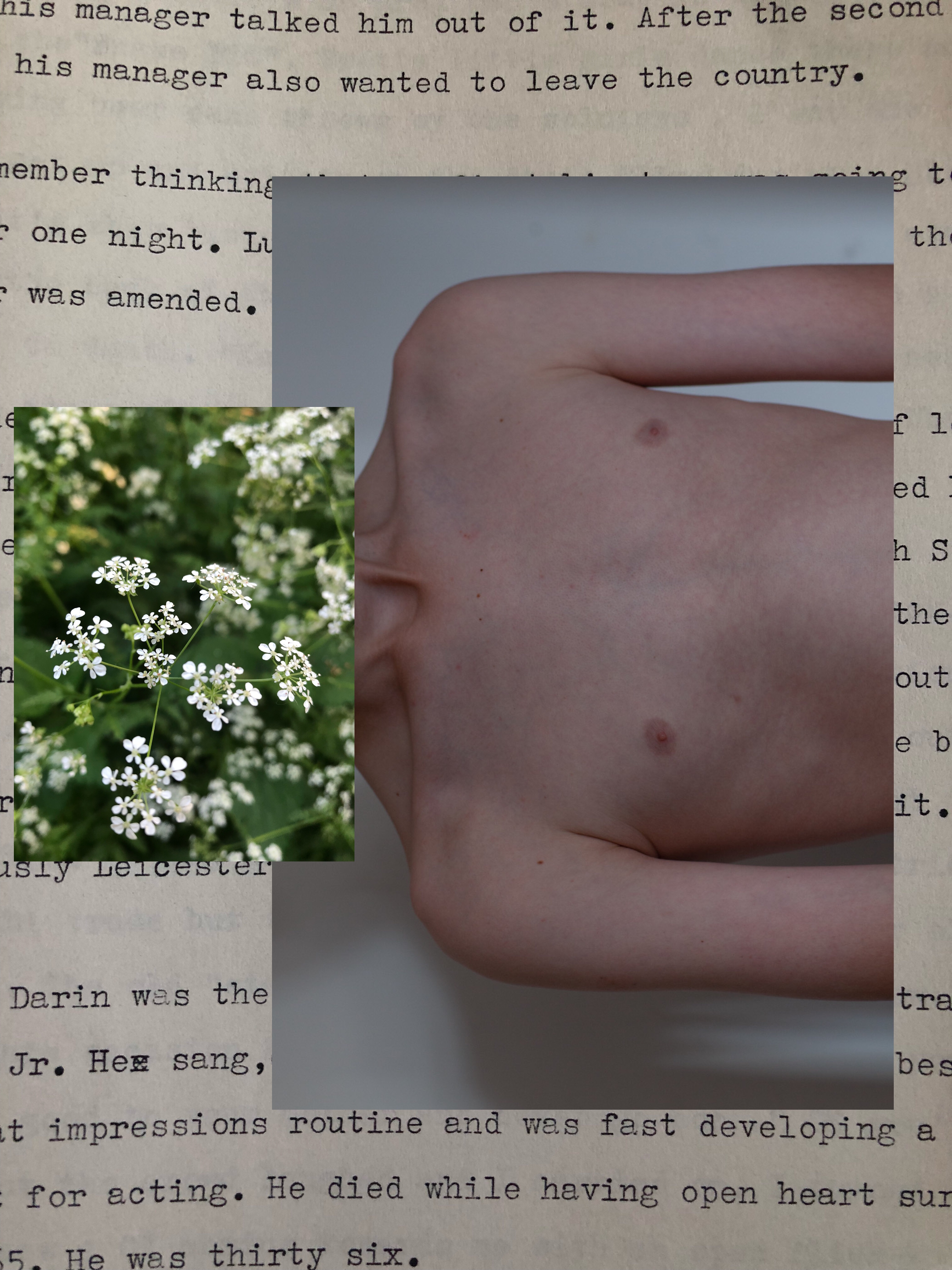I’ve been writing my essay for A3. I’ve not finished it yet. But I have nevertheless submitted it to Andrea with the proviso it’s not ready to be published online yet. And had a very helpful discussion via email and in a hangout with other students.
Thoughts which have emerged:
Rob identified these two sections –
To which I responded,
Why should this be the case? Because if we allow ourselves to think holistically about representation ([which we can’t help but do when we think in fluid terms, and] is how it is going [due to the code behind our screens]), we may be less afraid of the digital. It’s here. It’s not going away. There are many problems facing society. But the way digital tech brings all forms of representation together – i.e. making things fluid – leads to greater flexibility structurally. It may encourage a flexible mindset (reality) rather than a fixed one.
I keep thinking about the passage in Archive Fever (I am still reading this – it’s hard going) about Freud’s Mystical Pad. People tend to relate this to memory which one can understand. But I would also relate it to society – (after all, I don’t think of humans as separate discrete dots but am more convinced by the superbrain hypothesis, i.e. we operate together as a body, we are part of something bigger than us.) I wonder if when I read AF further, Derrida will apply the Mystic Pad to social memory rather than individual memory.
Then I consider the following (I’ve shared this everywhere – I love it so much!) From https://www.the-tls.co.uk/articles/public/jacques-derrida-problems-presence/ by DEREK ATTRIDGE. (2018)

So going back to the Mystic Pad, (which I’m probably not going to include in my essay as it has too many strands in it as it is, and I’m looking to cut, not add to it): you write on the toy, you swipe away the writing, and it disappears on the surface but if you lift up the plastic sheet there is a trace left. You can’t remove every element. Apply this metaphorical device to societies’ institutions which have been around for so long – and you begin to see how very difficult it is to address ancient belief systems, thought patterns and assumptions. Misogyny, fear of the other, etc. But if we live in a world where absence and presence are usurped (KH’s term) by pattern and randomness, then we might be able to see some positives. i.e. “alternatives to presence all imply the inevitability of change, the healthy contamination of the inside by the outside, the dominant by the excluded, the possible by the impossible”.
Which is what I’m arguing in my essay – because, as Kathryn Hayles suggests in How We Became Post Human, absence and presence are replaced by pattern and randomness – and then we have greater opportunity for the “healthy contamination of the inside by the outside”. Boundaries are less fixed. Boundaries are flexible.
But I’ve not made this clear with my too-long, rambling essay as it stands.
After talking this morning suggestions were:
- Use the summary at the end as a way to construct the introduction. In a single sentence – We don’t need to fear the digital. It does bring problems but it also engenders flexibility, fluidity which may lead to the possibility for a fairer society.
- I wasn’t sure what to cut, and Rob and Micheal pointed out that the section on Art as Photogprahy was superfluous, which I agreed with – seems obvious now. I think I’m going to cut that entirely – “giving my argument more room to breath” (Rob)
- Tighten up the section on Azoulay.
- really edit the conclusion to re-emphasise the argument.
- Perhaps write my own title as I have been trying to fit this beneath two of the OCA titles – it relates but perhaps tenuously
I think I will keep the part about archives, where I pinpoint two specific elements – power and flexibility (due to code) – but the archive is a huge subject so I need to be tight and really strict with myself on this.
The following on Allan Sekula probably shouldn’t be in the essay but I may revisit it as I move forward. It seems relevant to my overall work, which is about the evolution of the language which underpins our world – moving from fixedness to flexibility.
Finally, too much flexibility can be unhelpful – think hyper-flexibility. You can hurt yourself if you go too far and there is nothing to stop you from doing so.
A screenshot from my notes on Allan Sekula – The Body and the Archive.

I think Wike’s essay which I posted here in section 1 is worth considering but I have not included it in the essay.
I’ll revisit this essay after speaking with Andrea and move on to thinking about A4 now.
